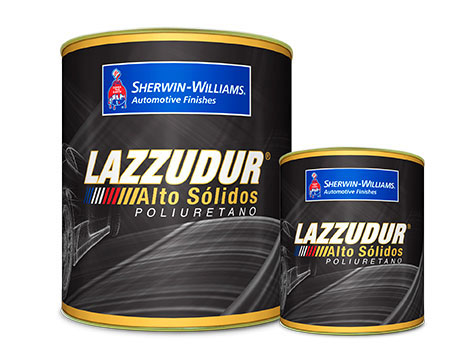

Once applied, it creates a bond with the vehicle's factory paint, forming a layer of protection on top of your car's clear-coat to add an additional level of defense against the elements.Ĭeramic coatings are primarily formulated of silicon dioxide (SiO2) but can also include other additives, such as titanium dioxide (TiO2), to increase their protective qualities and longevity. So, you've heard the term "ceramic," but what exactly is it, in the context of automotive applications? A ceramic coating is a liquid polymer applied to a car's exterior. ( Spoiler alert: It's not that scary, as long as you know what you're getting yourself into.) What Is a Ceramic Coating? Ready to dive in? Here's what you need to know before jumping into the daunting world of DIY ceramic coatings. It's worth reiterating that alongside each product below is simply a summary of our initial experience with it-not a complete review of its abilities. We're also going to take a deep dive, in hopes of clearing up some confusion over what ceramic coatings are, what they aren't, and if you need one. We intentionally avoided any extra cheap options though, as we’ve found these off-brand models typically have a high risk of motor failure and clogging.We'll start by evaluating our experience applying these products. We also kept overall price in mind as we made our picks, including basic options under $100, up to higher-end models that go for over $1,000. We made sure to include a good mix of styles, including heavy-duty commercial machines, handheld models, and even a battery-powered option for those looking for maximum mobility. When selecting the options for this guide, I called on my extensive experience painting custom furniture in workshops, as well as residential painting projects-both of which utilized a variety of sprayers. That said, if you regularly repaint walls in your home, a sprayer is well worth the investment. Rental prices vary, but they’re still much lower than purchasing a machine that you may end up never using again. You might consider renting a sprayer if you’re tackling a one-time project, or if you’re just not sure a sprayer is the right tool for you. The actual flow rate can vary depending on the material you’re spraying and the tip size you're using-but in general, GPM is a quick way to compare the efficiency of sprayers. The flow rate of the sprayer is measured in gallons per minute and gives you a rough idea of the speed with which the sprayer can apply paint. The cups that store the paint for handheld options have to be refilled more often than larger models, though. Handheld models are well-suited for smaller tasks and, with no hoses to wrangle, provide much more mobility. Sprayers tend to go through more paint than rollers and brushes, so if you have a large job, consider a model that connects straight to a one- or five-gallon paint bucket with a hose. Paint sprayers are an expensive investment, so you should take the time to choose one that best matches your specific project. Read on for our recommendations for the best paint sprayers, along with what to consider before you shop.

AUTO PAINT PRO REVIEWS MANUAL
Keep in mind that paint-spraying projects typically requires more prep work than manual painting jobs, so it's important to have a good supply of tape and tarps as well. This efficient operation makes them ideal for large areas like walls and ceilings, as well as multifaced surfaces like fences or cabinetry. These machines use a specialized nozzle to create a wide, even spray, and their motorized pumps let you cover surfaces much faster than manual tools like brushes and rollers. Although paint sprayers require a bit of a learning curve to use correctly, the efficiency they provide more than makes up for the extra practice time.


 0 kommentar(er)
0 kommentar(er)
